Induction heating boiler: all about the principle of operation + 2 do-it-yourself device options
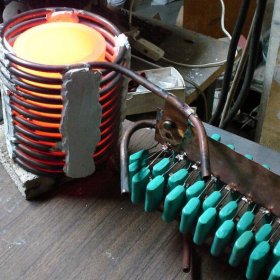
When planning a heating system in the country, the owners are considering many technical solutions, including the option with an induction boiler. Its installation allows you to save electrical energy, it does not emit life-threatening substances, which means it is environmentally friendly. It is possible to create an induction heating boiler with your own hands and make sure of its advantages, for example, over units running on gas or solid fuel.
Internal structure and principle of the boiler
The main purpose of the equipment is the creation of thermal energy from electrical energy using a special unit. Unlike heating elements, induction devices increase the temperature of the coolant faster due to a completely different design.
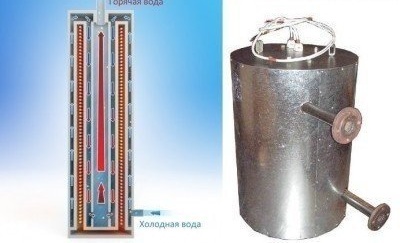
The coolant is traditionally water or antifreeze, but sometimes other liquids are used that have the necessary property - current conductivity
The device is based on an inductor (transformer) having two types of winding. Inside, eddy currents occur, following a turn (short-circuited), which is also a casing. As a result, the secondary winding is replenished with a supply of energy, which is immediately converted into heat transferred to the coolant.
The device must be equipped with two nozzles: one of them will supply a cooled coolant, and the second will leave hot.
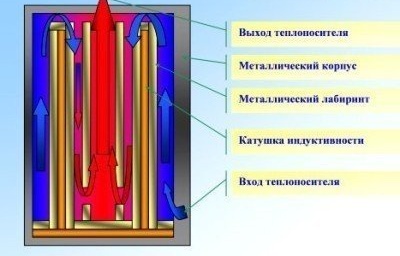
Overheating of the system does not occur due to the fact that hot water is constantly discharged, and cold water comes in instead
If we break the principle of the boiler into stages, we get the following picture:
- Water (or other coolant) enters the boiler.
- Electricity is supplied to the inner winding.
- Under voltage, the core heats up, and then the surface.
- The coolant is heating up.
A self-made induction boiler, as a rule, has a simple design, so it rarely fails. Thanks to the vibration that accompanies the operation of the unit, the appearance of scale is also eliminated, which is also a frequent cause of breakdowns. The factory device works according to the same principle:
Homemade Design Examples
Option # 1 - Plastic pipes + welding inverter
Having some knowledge in the field of physics and owning wire cutters, you can assemble an elementary induction model yourself.
To do this, you need to purchase a ready-made welding inverter, high-frequency, with continuously adjustable current and a power of 15 amperes, although it is better to choose a more powerful device for heating. Stainless steel wire rod or just pieces of steel wire are suitable as a heated element. The length of the segments is about 50 mm, with a diameter of 7 mm.
The body (the base of the induction coil) will be part of the pipeline at the same time, so a plastic pipe is required for its manufacture, always with thick walls, the inner diameter of which is slightly less than 50 mm. Two nozzles are attached to the body for the receipt of cold and return of the heated coolant.
The inner space is completely filled with pieces of wire, at both ends covered with a metal mesh so that they do not crumble. An induction coil is made in the following way: enameled copper wire is carefully wound around an already finished plastic pipe - about 90 turns.
A homemade device must be connected to the network. A pipe section is cut out of the installed pipeline, and a home-made induction boiler is installed instead. It is connected to the inverter and water is launched.
It is important to note that induction heating boilers only work if there is a coolant in the system, without it, the plastic case will melt.
Option # 2 - design with transformer
For the manufacture of this unit, a welding machine will be required, as well as a transformer (three-phase) with the possibility of fixation.
This design performs both conductor and heating functions. Then the winding is wound directly on the boiler body so that it works more efficiently, despite its light weight and size. The heating medium heating circuit is standard: it receives thermal energy upon contact with the winding.
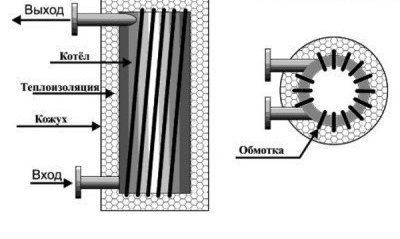
As a simpler option, a complex model is equipped with two nozzles - for entering the coolant and the exit of the heated
The presence of a protective casing will help to eliminate the loss of thermal energy. The casing can also be made independently.
Features of installation and operation
For the installation of an induction installation, a closed-type heating system is suitable, which includes a pump that creates forced circulation of water in the pipes. Common plastic pipelines are also suitable for installing a self-made boiler.
During installation, it is necessary to observe safe distances to the nearest objects: to other devices and walls - 300 mm or more, to the floor and ceiling - 800 mm or more. It is reasonable to place a safety group near the outlet pipe (pressure gauge, air vent valve).
Grounding is another prerequisite for installing an induction boiler.
Having made an induction boiler with your own hands, you can soon see the results of your labors: it will work properly for a long time, not inferior to the factory version. Difficult to manufacture, but economical to use, it does not require additional maintenance, the main thing is to comply with the operating conditions.

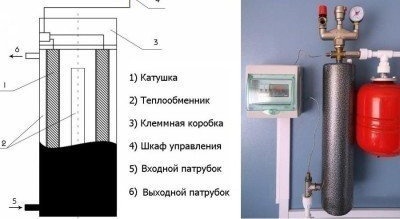
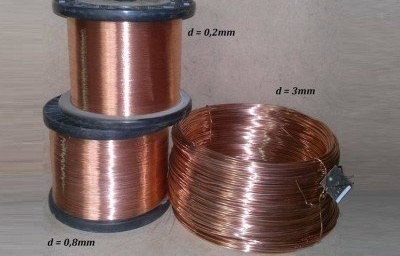
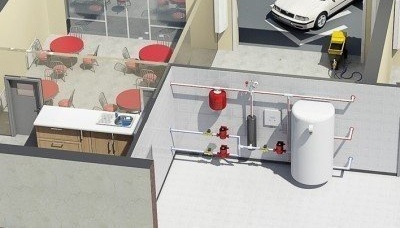
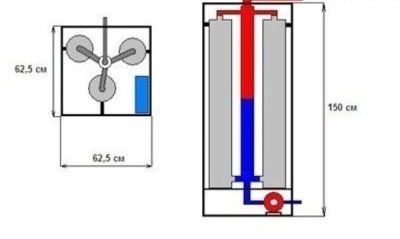
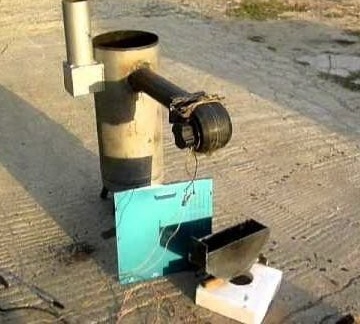
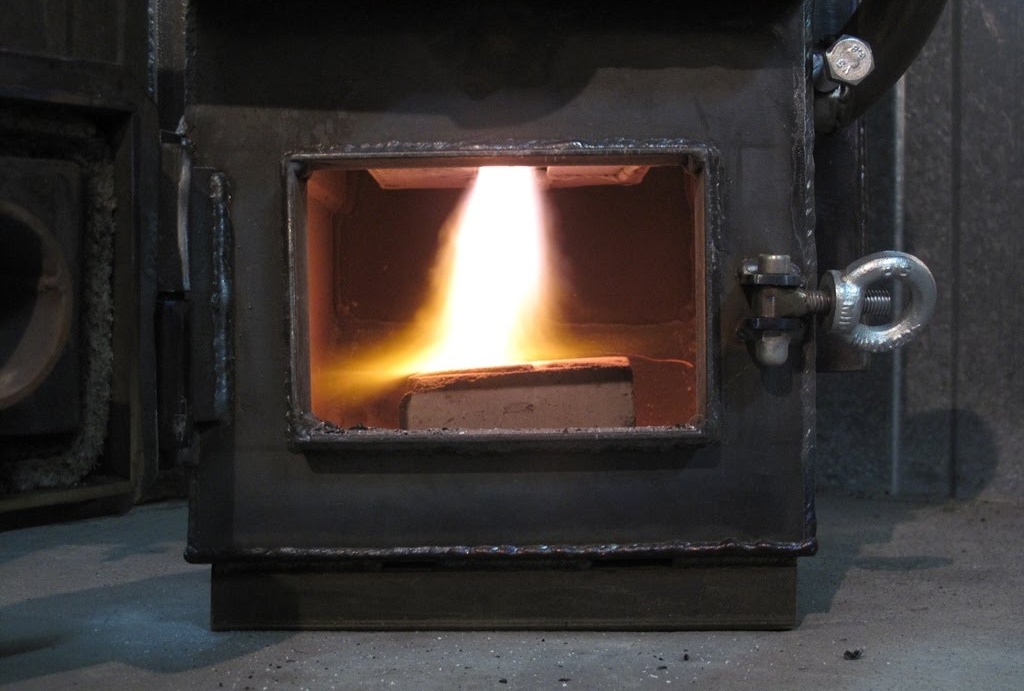
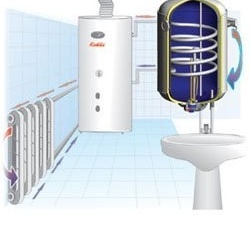
3 comments